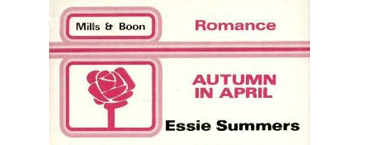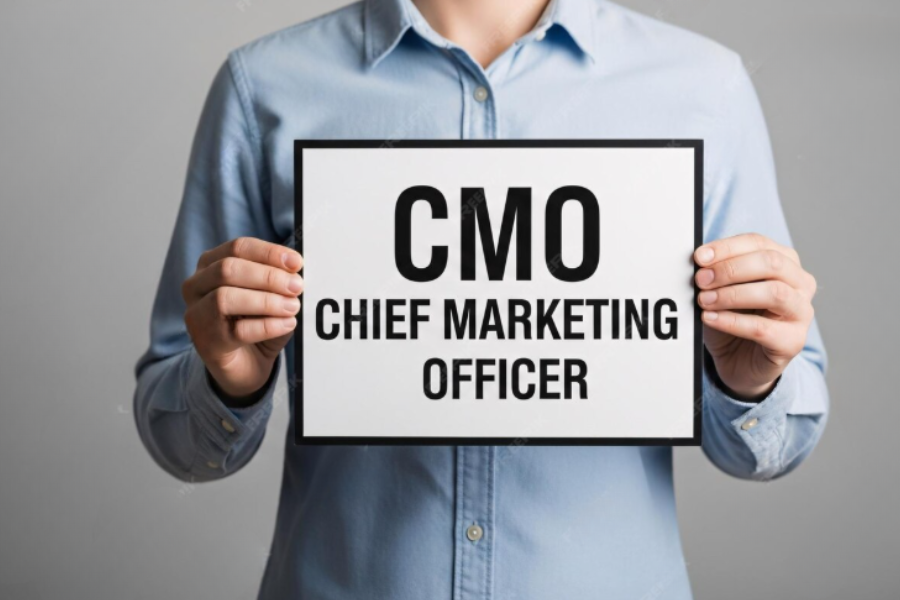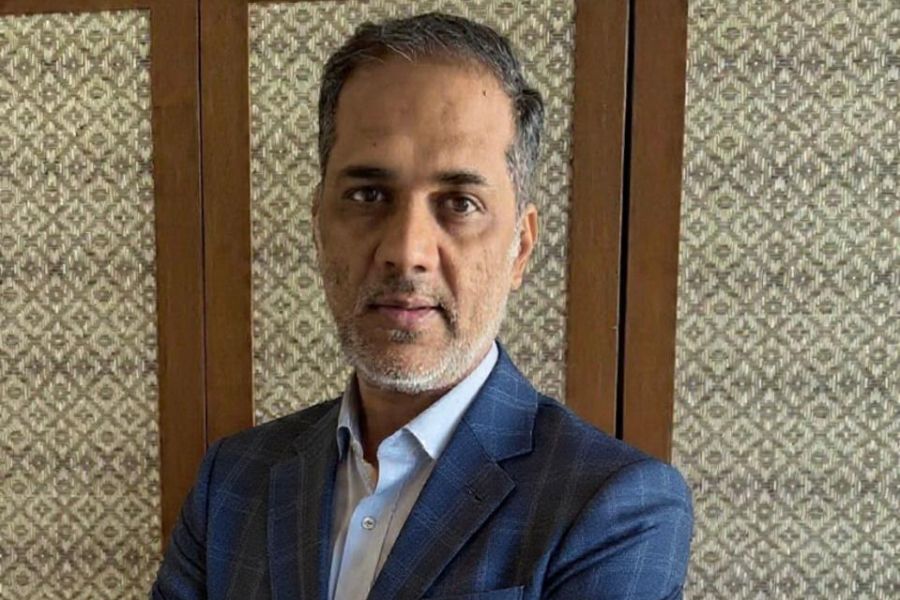When I got my first job in advertising sales at STAR TV, the going was easy. I watched all the channels that I was selling (STAR Plus, Channel [V], BBC and Prime Sports). I watched STAR Plus as well; those days STAR Plus was all English, almost a clone of the STAR World of today. Channel [V] had more than a smattering of western music, and all the VJ links were in English.
When I joined Sony Entertainment Television in my next job in ad sales, I struggled. I couldn’t understand or relate to the Hindi programs, I couldn’t understand or relate to the audiences.
You can’t really sell well if you don’t quite understand the ‘stock’ that the buyers buy. That was my last attempt at ‘selling’ an audience that I don’t understand or relate to.
About 20 years ago (I’m old, I’m old) I had a meeting with a senior executive of the publishers of Mills & Boon books. During the conversation over a beer, he regaled me with one of my all-time favourite bits of trivia.
It seems Mills & Boon editors and marketers were flummoxed by an unusual sale pattern related to their market in India. M&B’s biggest markets, then, were the UK, Australia, New Zealand and India. The sales patterns were completely predictable; if Essie Summers was a hot seller in the UK, she was a hot seller in the other three markets as well. If someone was a failure in the UK, he or she was a failure in the other three as well.
Except for the Doctor-Nurse series. They refused to sell in India. Absolutely zip.
So M&B sent someone to India to figure out why.
And the answer was simple. In India, a doctor marrying a nurse was beyond fantasy. The possibility was so far-fetched that the Indian reader rejected the entire series outright.
For fantasy to capture the imagination of anyone, the fantasy has to be ‘believable’.
For anyone to create ‘believable’ fantasy, one has to know and understand and appreciate one’s audience intimately.
Which is what (I think) Colors has done brilliantly. For years, the programming on Hindi GECs has focused on an urban, perhaps even metro, Hindi speaking audience; much of this kind of programming has crossed the ‘believability’ threshold for the non-metro viewers.
And Colors pulled it back a bit, making the programming line-up look almost retro in comparison with what the existing GECs were delivering.
Colors seems to have figured out that lot of what the GECs were producing were in the Doctor-Nurse genre; fantasy to the point of disbelief and disconnect.
So they’ve got themselves a few more Essie Summers in their line up.
And as any regular reader of M&Bs could tell you, Essie Summers is a great read anytime.
Anant's Blog: Of audiences and Colors and Mills & Boon
When I got my first job in advertising sales at STAR TV, the going was easy. I watched all the channels that I was selling (STAR Plus, Channel [V], BBC and Prime Sports). I watched STAR Plus as well; those days STAR Plus was all English, almost a clone of the STAR World of today. Channel [V] had more than a smattering of western music, and all the VJ links were in English.




